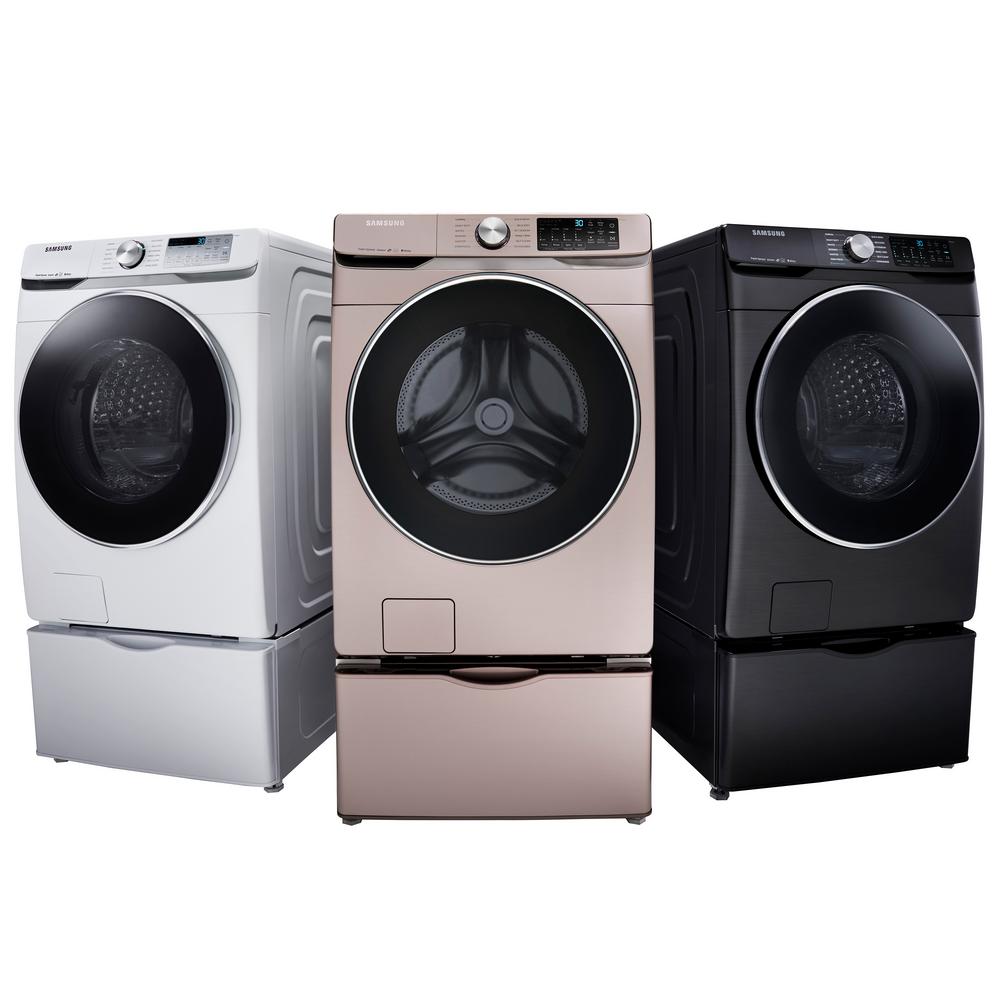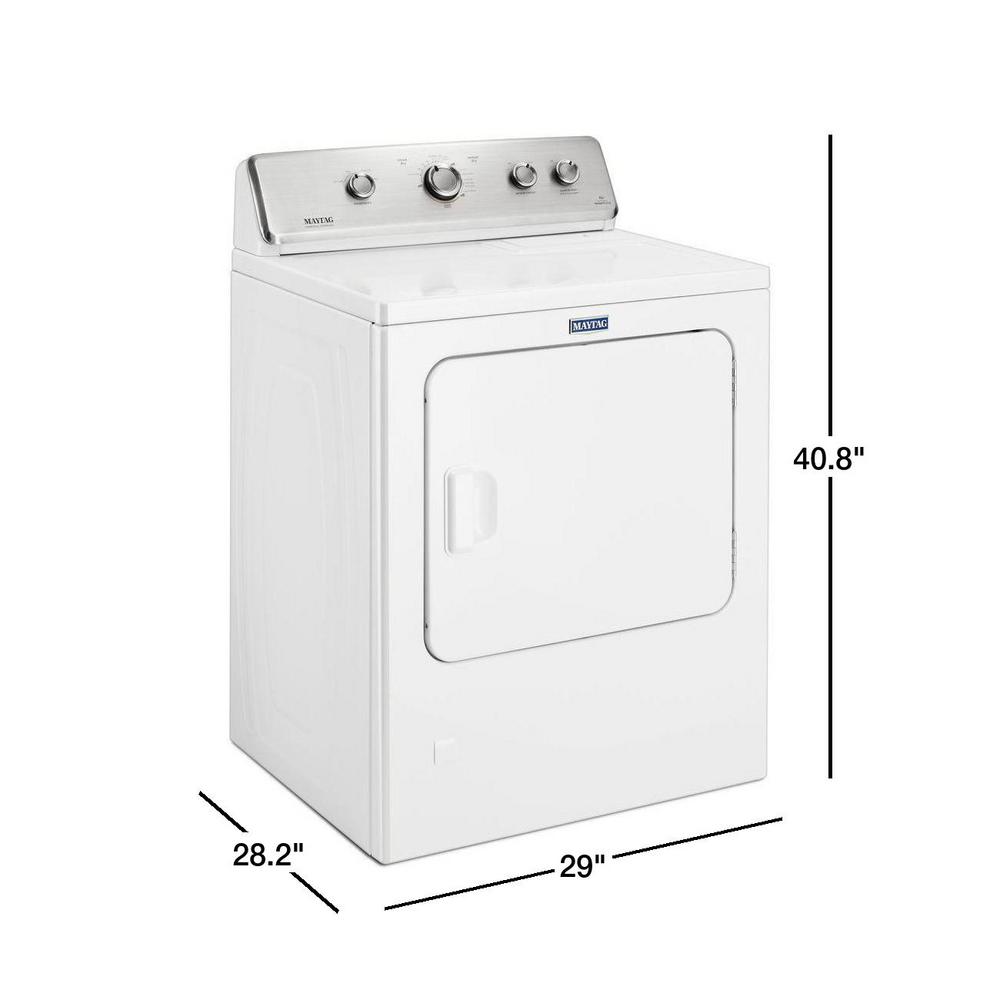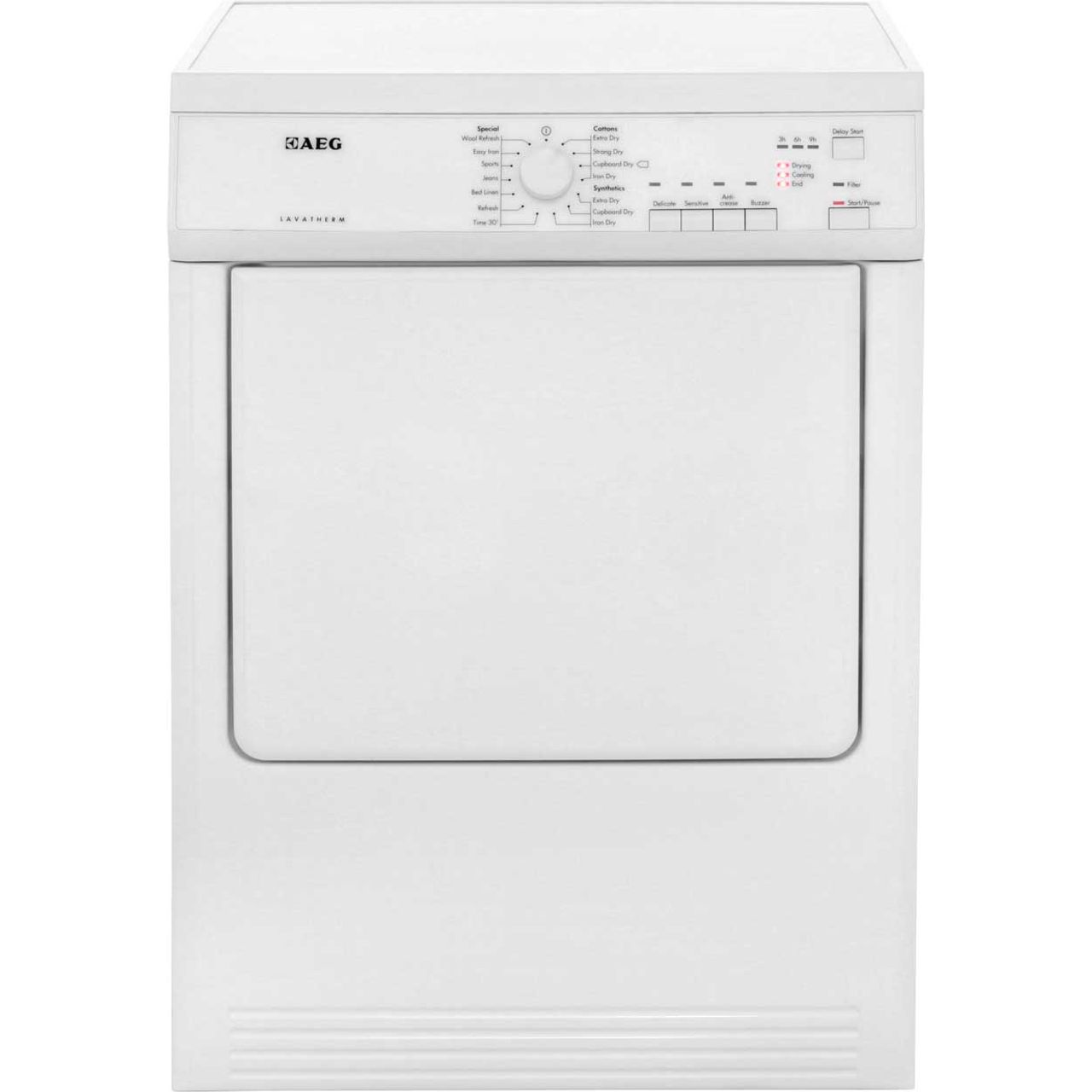LG Electronics 7.4 cu. ft. Ultra Large Graphite Steel Smart Electric Vented Dryer with Sensor Dry and Wi-Fi Enabled
7.4 cu. ft. pedestal compatible or stackable LG Electric Dryer. LG washer and dryer- pair w/ WM3600HVA washer. Built-in intelligence selects optimal dry motions and settings.
Tired of toggling through endless cycles only to have clothes come out damp or overdry. This dryer takes out the guesswork, with built-in intelligence that uses advanced sensors and AI technology to automatically select the right drying motions, temperatures and more. It can even talk to your washer to select a compatible cycle – so you don’t have to. What could be easier, use the ThinQ app to start or stop the dryer from anywhere, and even receive an alert when clothes are dry. Durable and stylish tempered glass door with white or silver accents adds the perfect finish.
- Free up your day-fit more clothes in every load with 7.4 cu. ft. of space, running fewer loads saves energy and money on your utility bill
- Built-in intelligence takes out the guesswork – AI technology selects optimal dry motions and settings; washer can auto select a compatible drying cycle
- Stay ahead of the cycle and access key LG dryer features remotely with ThinQ technology
- LG front load washers and dryers are the first to use tempered glass doors for a sleek, stylish look that resists shock and scratches; the premium feel is further enhanced by matching door trim and control knob accents; disclaimer: accent colors and finishes vary by model; door trim and matching control knob accents available in white/silver
- With the FlowSense duct clogging and clean filter indicators, you’ll know when it’s time to clean the ducts and the lint filter out to ensure great drying every time, lower utility bills and fewer service calls
- High efficiency sensor drying and low-heat settings save energy and money by using about 20% less energy than conventional models without sacrificing features or performance
- More style, less space and LG closet-depth washers and dryers have a shallower depth to fit in more places and add sleek style to any room
- Aluminized alloy steel drum has toughness and an attractive finish that will last for years
- Designed for quiet operation, run the dryer without interrupting naptime or your favorite show
- Dryer door can easily be reversed from a right swing to a left swing in minutes to give you more installation options
- Periodically tumbles dry for up to 3 hours after the cycle is done to help keep wrinkles at bay
- Stackable with matching washer (WM3500CW) to conserve space within your laundry room with stack kit (model: KSTK1) sold separately
- 10 wash programs; normal, perm, press, heavy duty, delicates, towels, speed wash, bedding, tub clean, whites, additional downloadable programs also available
- 11 wash options; fresh care, prewash, remote start, delay wash, Wi-Fi, add, garments, coldwash, water plus, extra rinse, rinse plus spin, child lock
- All compatible LG washers, dryer, SideKick pedestal washers and laundry pedestals sold separately
Additional information
| Depth With Door Open 90 Degrees (In) | 51 |
|---|---|
| Door Opening Height x Width (In.) | 16.06 x 16.06 |
| Product Depth x Height x Width (in.) | 30.13 x 39 x 27 |
| Certifications and Listings | CSA Listed,Energy Star |
| Manufacturer Warranty | Parts and Labor 1 Year |






by Larry
I am satisfied with my purchase. The product works as advertised.
by Yaniang
I love this dryer. It has all the features needed. Works really good and not noisy at all.
by Treck
My old dryer crashed and burned, and I just bought a new LG dryer. I couldn’t be more pleased. It is fantastic in so many ways, including it’s large capacity, thorough drying, and ease of use.
by Vernelle
This large dryer has many settings which helps get all laundry dry faster. Settings are also easy to read.
by Bill
Amazing how this is compared to our old one. Super quiet!